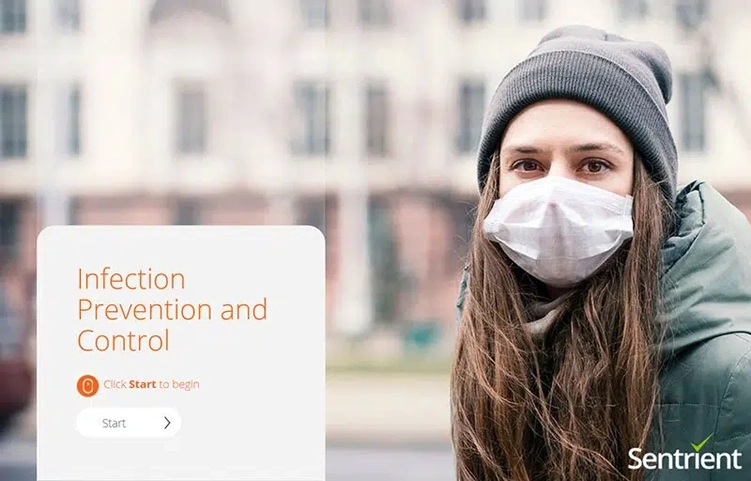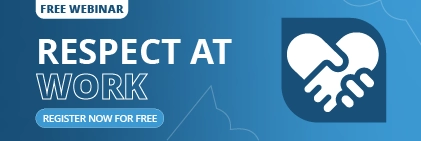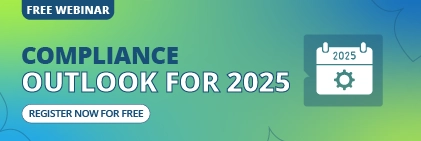While some companies are fiddling with the development of contingency/work from home plans for employees, many employers have taken bold steps quickly and allowed work from home for employees during this tumultuous time.
Having said that, working from home can be a tricky subject for employers, HR Managers, and Compliance officers.
In this article, we will discuss some common questions you, as an employer, HR manager, or compliance officer, may face during this sudden shift in the workplace model.
SafeWork Australia and other regulatory bodies inspire this article.
Should an Employer Disclose the Measures He Took As COVID-19 Precautions To the Employees?
Taking precautionary measures is of utmost importance. However, a consultative approach should be taken while discussing workplace health and safety matters with the staff.
They should be allowed to have a say in discussions about workplace health and safety as they are most likely to know about the potential hazards and risks of their work.
So as an employer, it is advisable to keep your employees in the loop while making any decisions, this will help you majorly in two ways: first, it will increase workplace productivity, and second it will increase cooperation.
When Can I, As an Employer, Ask My Employees To Work From Home?
WHS has no laws that explicitly say when an employer can ask an employee to work from home.
Having said that, the WHS model requires you to be practical and responsible for the action. Have such practices in place that ensure the workplace health and safety of everyone in the workplace. For this, you must identify the potential risks at the time and do what is practicable to mitigate and control those risks.
Another important thing is that you stay aware of the nature of your business and its requirements. Understanding the specifics of your workplace is important. For all the workers and towards whom you owe a WHS duty, you must take every step reasonably possible to minimise, if not eliminate, any risks to health and safety.
Needless to say, if an employee is confirmed to have COVID-19, you must ensure that the worker does not come to work while being infected. Take great efforts to test other employees as well.
If you notice anyone exhibiting signs like frequent sneezing or coughing, you can consider them unfit for work. Have strict workplace policies and procedures in place and follow them.
Can An Employee Deny Coming To Work?
In dire times of COVID-19, the worker has the right to stop or refuse to carry out unsafe work.
A worker, especially during the times of such a pandemic, has this right to cease work.
In other cases, there should be a reasonable concern for the worker to be exposed to a serious risk to their workplace health and safety.
Employees ceasing to work must inform as soon as they have ceased work. If they are in good health, they should also be willing to do alternative work, like working from home, to ensure no harm to the business.
What About Employee Compensation During COVID-19?
The national policy body – Safe Work Australia, does not have a determining role regarding the coverage or eligibility of employees.
This is the responsibility of the Commonwealth, states, and territories. Employees’ compensation schemes may differ across states, but there are common requirements that would hold true in the case of COVID-19:
The employee is covered by the compensation and benefit plans, either as an employee or a deemed worker, even while working from home.
They are eligible for benefits and compensation if the injury, illness or disease arising out of, or in the course of, their employment.
Compared to regular work-related injuries, it is difficult to prove that COVID-19 was contracted during particular employment, establishing the time and place of contraction may be far more difficult.
Furthermore, whether an employee’s claim for contracting COVID-19 in the workplace or during employment is accepted shall be a matter for the relevant worker’s compensation authority and their application of the jurisdiction’s workers’ compensation laws.
Workers’ compensation authorities shall consider each claim on its merits with regard to the empirical evidence and individual circumstances.
What Are the Responsibilities of An Employer For the Workplace Health and Safety of Employees Working From Home?
In Australia, according to the WHS model, all laws of workplace health and safety still apply to all businesses, even when the staff is working from home.
Furthermore, the employee also has a responsibility to take all necessary and reasonable care for his or her health and safety. Employees should be compliant with any policy and procedures provided by the employer.
In dire circumstances such as this coronavirus pandemic, employers should take bolder measures to reduce the physical and psychosocial risks of employees assigned to work from home.
Here are some of the ways how:
- Offering workers with guidance on how to set up a good workplace at home.
- Familiarising them with best ergonomic practices and asking them to comply with them.
- Allow for a good line of daily communication with workers through phone calls, video calls, chats, etc.
Risks that an employer should be aware of beforehand include:
- Quality of workplace set up
- Duration of work hours and breaks
- The environment at the home of employees, such as heat, cold, lighting, electrical safety, home hygiene and home renovations
- Psychological effects due to stay at home and anxiety related to the pandemic.
- Risk, fatigue, online harassment, domestic violence and bad support from managers
What immediate action can I take that will be good for both the employees working from home and the business on the whole?
As a business owner, HR manager or compliance officer, the list of your priorities should be clear and as follows.
- Mitigating and controlling the health and safety risks of the employees
- Having employees be as productive as possible while working from home so the operations don’t take a toll
- Ensure better communication
- Help employees to have a positive attitude amidst the COVID-19 chaos
Sentrient’s online course on infection, prevention and control will help you with all your priorities as an employer.
This course is easy to deploy and only takes less than 15 minutes to complete. The course has been designed with the help of credible sources like the World Health Organisation, UNICEF, Australian Government Department of Health and Smartraveller.
For any further assistance contact us on 1300 040 589.






